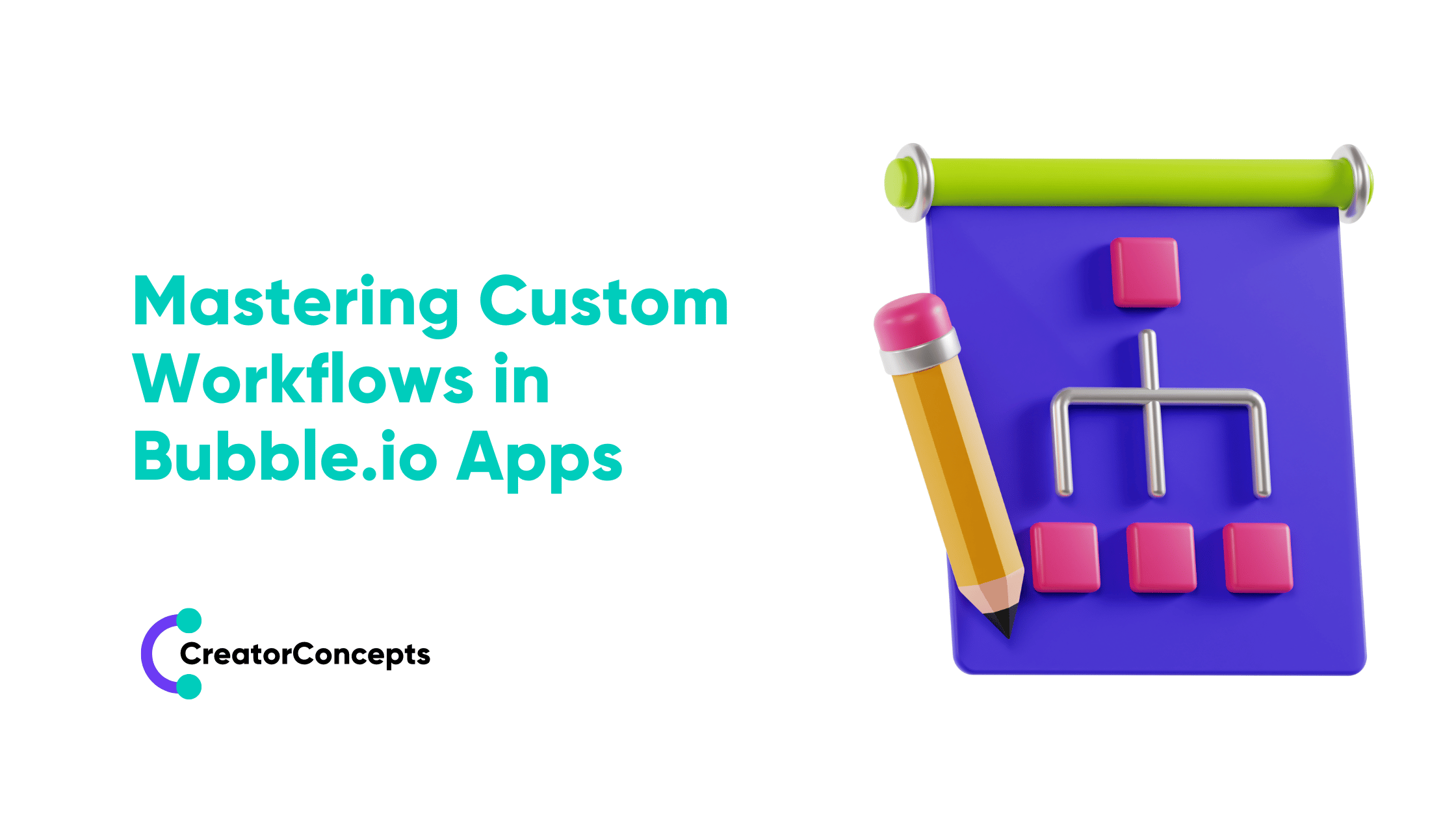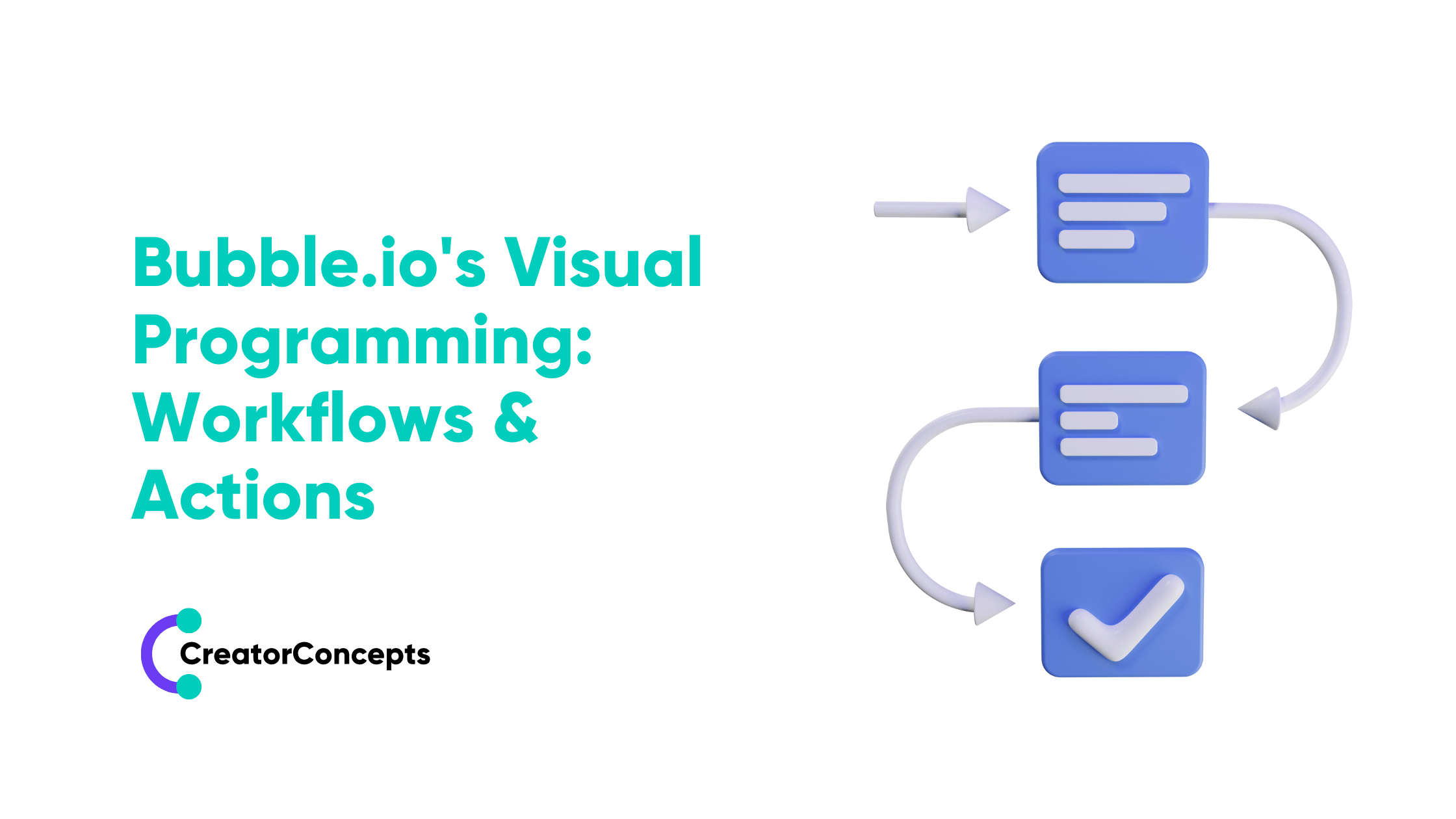Mastering Advanced Filtering Techniques in Bubble.io Applications
As your Bubble.io app grows and evolves, the complexity and volume of data involved can become overwhelming. One of the crucial aspects of preparing your app for scale is the ability to efficiently access and manage the data within it. This is where advanced filtering techniques can make a significant impact on your application's performance and overall user experience. Being expert Bubble.io developers, we have been continuously fine-tuning our data filtering and search techniques to offer our clients a seamless and efficient app experience.
In this in-depth tutorial, you'll uncover powerful strategies for working with complex queries and data relationships, making you a master of advanced filtering techniques in Bubble.io applications. This level of expertise allows you to perform searches in a more granular and efficient manner, ultimately improving the speed and responsiveness of your Bubble.io app.
Throughout this comprehensive guide, we will delve into various advanced filtering techniques within Bubble.io applications. Keep reading so you’ll be fully equipped to make the most out of the data within your app. Prepared to fine-tune your Bubble.io app with these innovative filtering techniques and elevate its performance to a whole new level? Let's get started on this journey together and unlock the full potential of your application.
1. Complex Searches – Efficiently Accessing Relevant Data in Bubble.io Apps
As your application scales, managing vast volumes of data can be challenging. By employing complex searches, you can enhance the overall efficiency of accessing and manipulating data within your Bubble.io application.
Setting Up Searches with Multiple Criteria
To set up complex searches, you can combine multiple conditions or criteria using the "Search for..." feature in Bubble.io. For example, if you want to search for all the customers who subscribed within a specific date range and have a particular status:
- In the visual editor, select the repeating group or list element where you want your search results to be displayed.
- Set the data source as follows: "Search for customers" with Advanced filtering.
- Add a constraint for the "status" field, selecting the relevant option.
- Define the date range for "subscription date" with two constraints – one for the beginning and one for the end of the desired range.
By combining multiple criteria, you can efficiently access the pertinent data, making complex searches more manageable.
2. Nested Filtering – Managing Intricate Relationships Between Data Types
Nested filtering allows you to handle intricate relationships between various data types and further refine your search for highly specific results.
Creating Nested Filters
To create nested filters within your searches:
- In the "Search for..." data source, use the "merged with" function to combine multiple searches into a single result set.
- Apply constraints or conditions to each search, allowing you to apply different filters to different data types.
- Use the "filtered" function to refine your results further based on additional criteria or custom states.
Example of Nested Filtering
Suppose you operate an e-commerce app and have multiple data types like "Order", "Product", and "Customer". You want to search for all the customers who have placed an order within a specific date range and purchased a product from a particular category. Create a nested filter by:
- Performing an initial search for customers with "orders" in the desired date range.
- Merging the results with a second search for customers associated with products in the specified category.
- Apply constraints or conditions to each search separately, providing more granular control.
As a result, you'll obtain a filtered list efficiently tailored to your requirements.
3. Implementing Custom Queries – Maximising Flexibility and Performance
Custom queries provide additional flexibility and control over your search operations, granting further optimisation for your Bubble.io application's performance.
Using Built-In Tools for Custom Queries
Bubble.io offers built-in tools that simplify creating custom queries. These tools include:
- Custom Functions: Define your custom search and filtering functions using actions, states, and events within the visual editor.
- Parameterised Searches: Pass dynamic parameters to your custom functions, altering the search behaviour based on user inputs or other app states.
Example of a Custom Query
Let's say you want to perform a search for popular blog posts by category, taking into consideration both the post's view count and the overall category engagement.
- Create a custom function that accepts a "category" parameter.
- Define a search within the function for blog posts with the specified category, sorting by view count.
- Incorporate a custom scoring system, assigning weight to the view count and category engagement.
- Sort the results based on the custom score, returning the most popular posts as per your custom criteria.
By utilising custom queries, you can gain granular control over your search behaviour and enhance app performance.
4. Harnessing Custom States – Minimising Unnecessary Searches and Enhancing Usability
Utilising custom states while filtering data in Bubble.io can improve application performance and retain a smooth user experience.
Benefits of Using Custom States for Filtering Data
Applying custom states to your filtering operations provides several benefits:
- Reduces Database Queries: Cache filtered results using custom states, cutting down on the number of database queries.
- Optimises Performance: Lessen app response times by storing filter configurations in custom states instead of re-computing these queries each time.
- Enhances Usability: Preserve filter configurations and user inputs across different actions, ensuring a cohesive and seamless experience.
Using Custom States with Complex and Nested Filters
Incorporate custom states with your complex and nested filters by storing filter configurations and other dynamic inputs in custom states. It lets you reference these custom states in your searches and adapt results based on the current app state.
Conclusion
Mastering advanced filtering techniques in Bubble.io applications allows you to unlock the full potential of your app's data manipulation capabilities, subsequently improving performance and user experience. By honing your skills with complex searches, nested filtering, custom queries, and custom states, you can manage extensive volumes of data more efficiently and accurately.
We've shared valuable insights on advanced filtering techniques and their benefits for your Bubble.io app, equipping you with the necessary expertise to optimise data handling and management. If you need further assistance in implementing these strategies or guidance in maximising your app's performance, our team of Bubble developers is always available to help – just get in touch with us at CreatorConcepts Limited today!
 By
By


